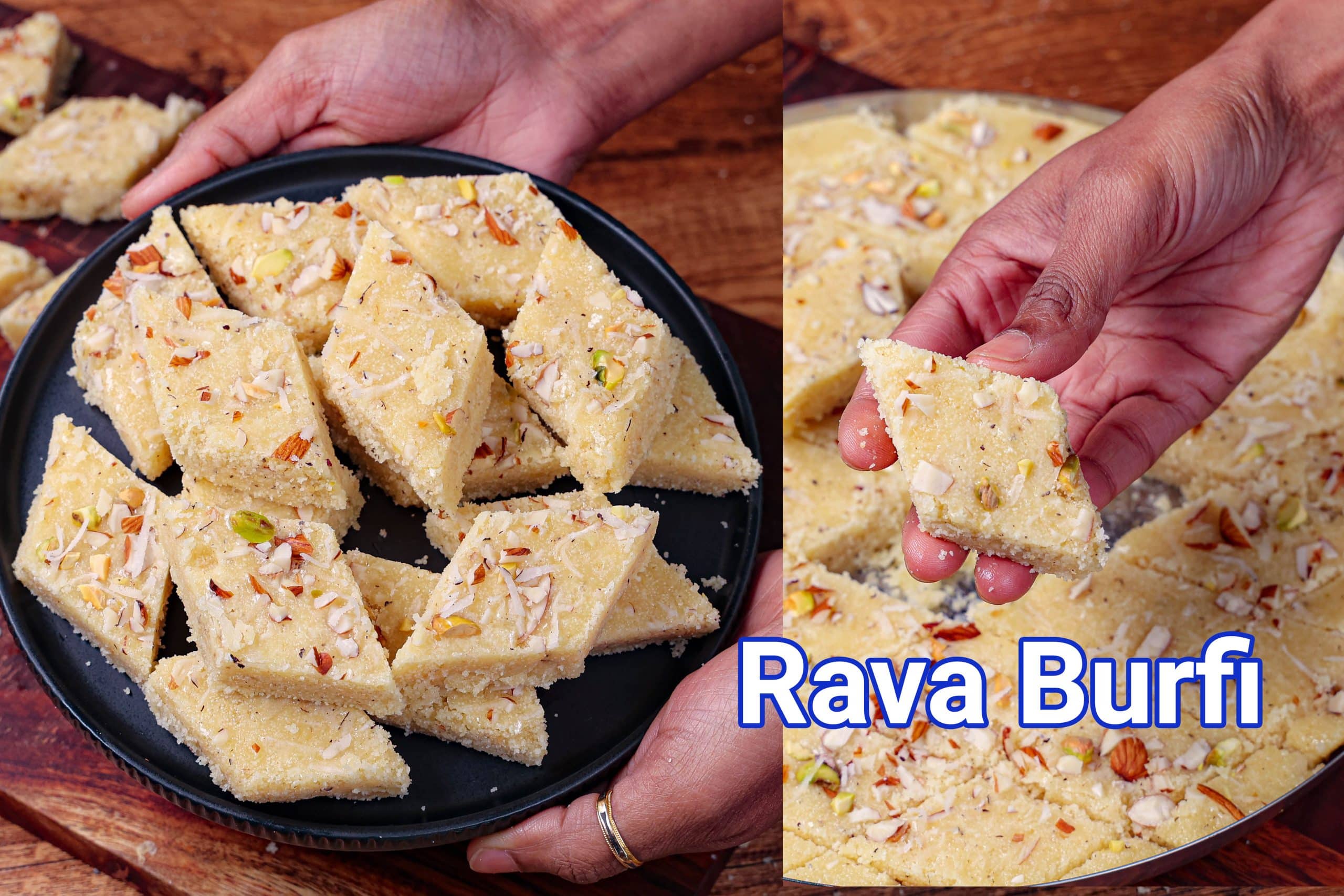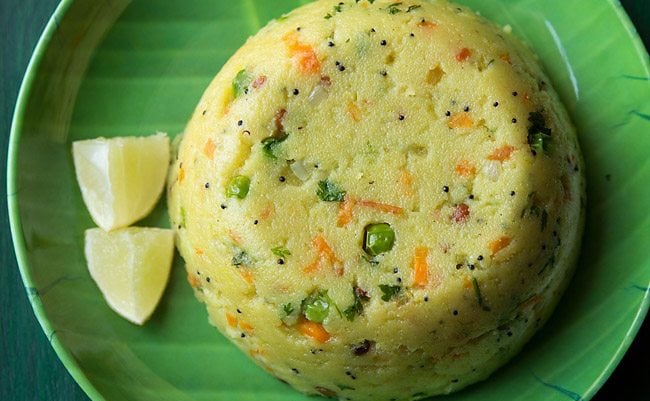Suji
sooji, rawa, semolina
Semolina is the name given to roughly milled durum wheat mainly used in making pasta and sweet puddings. The term semolina is also used to designate coarse millings of other varieties of wheat, and sometimes other grains as well. Semolina is derived from the Italian word semolino, 1790–1800; alteration of Italian semolino, equivalent to semol(a) "bran" (Latin: simila, lit. 'flour') + -ino diminutive suffix. Of Semitic origin; Arabic root is samid (سميد) and Hebrew root smd "to grind into groats" (cf. samīd). Modern milling of wheat into flour is a process that employs grooved steel rollers. The rollers are adjusted so that the space between them is slightly narrower than the width of the wheat kernels. As the wheat is fed into the mill, the rollers flake off the bran and germ while the starch (or endosperm) is cracked into coarse pieces in the process. Through sifting, these endosperm particles, the semolina, are separated from the bran. The semolina is then ground into flour. This greatly simplifies the process of separating the endosperm from the bran and germ, as well as making it possible to separate the endosperm into different grades because the inner part of the endosperm tends to break down into smaller pieces than the outer part. Different grades of flour can thus be produced.
Source: Wikipedia
Recipes

:max_bytes(150000):strip_icc()/couscous-713847383-58f93b843df78ca159d604ae.jpg)

